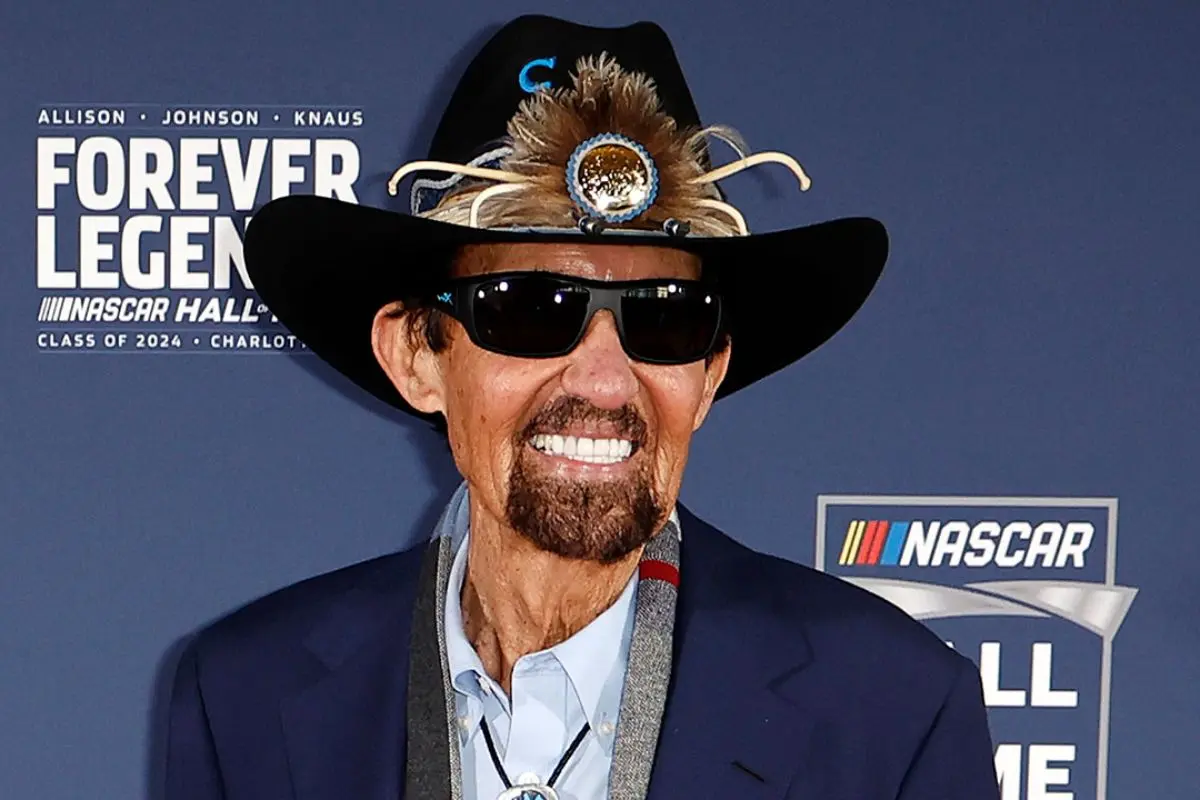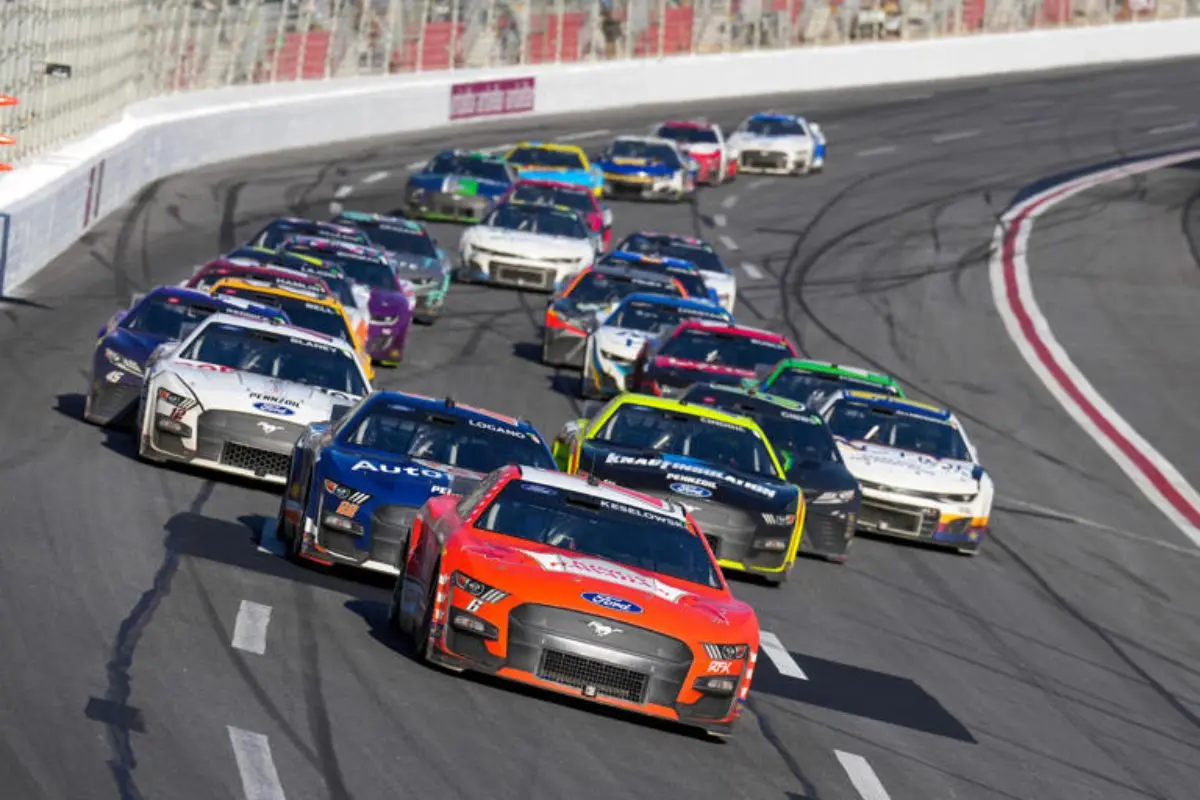Key Highlights
- Richard Petty criticizes NASCAR for inconsistent caution flag decisions, especially during crucial final laps.
- Petty highlights confusion and frustration caused by the unpredictability of race-ending calls.
- He acknowledges the necessity of caution in certain situations, like wrecks in dense packs.
- Inconsistencies in decisions, such as those in the 2025 Ambetter Health 400, undermine race management integrity.
- Petty’s comments underscore the need for clearer, standardized guidelines in NASCAR’s caution flag deployment.
NASCAR’s Officiating Sparks Debate
Why has the issue of caution flags become such a contentious topic within NASCAR? At the heart of the debate lies the inconsistency in race officiating, particularly emphasized by events such as the 2025 Ambetter Health 400.
This inconsistency has led to frustration among fans, who feel that the unpredictability of caution flag decisions overshadows the actual racing skill displayed on the track. The comparison to the 2021 Abu Dhabi F1 Grand Prix highlights the universal impact such controversies have across motorsport disciplines.
In NASCAR, caution flags are meant to guarantee safety and fairness, yet their erratic deployment can alter race outcomes, leading to widespread discontent. These flags can dramatically shift the competitive landscape, influencing strategy and results.
The ongoing chaos calls into question the integrity of race management, prompting fans and experts alike to seek clarity and uniformity in NASCAR’s officiating practices.
Richard Petty’s Take on NASCAR’s Inconsistencies
As the debate around caution flag inconsistencies intensifies, Richard Petty, a storied figure in NASCAR history, has shared his perspective on the matter.
Petty, respected for his extensive experience and insight into the sport, addressed the issue of NASCAR’s inconsistent caution calls, particularly during the final laps of races.
“A bunch of discussions about this because one race they throw the flag, the next race they don’t throw the caution.” – Richard Petty
He highlighted the confusion and frustration these decisions cause among both fans and drivers. Petty pointed out that while the need for caution is understandable in certain situations, such as when a wreck occurs amid a dense pack of cars, the reasoning becomes less clear when incidents happen further back in the race.
His comments reflect a broader concern about the lack of uniformity in NASCAR’s decisions, which he believes undermines the integrity of the sport.

Recent Examples of NASCAR’s Caution Flag Decisions
The inconsistency in NASCAR’s caution flag decisions has sparked widespread debate, as recent races have highlighted the variability in how these calls are made.
At the 2025 Ambetter Health 400, a wreck on the final lap prompted officials to throw a caution flag, halting the race immediately. In contrast, the day before, during the Bennett 250 at the same venue, a similar incident occurred, yet NASCAR allowed drivers to race to the finish.
This decision disparity was further emphasized at the 2025 Daytona 500, where leading drivers were permitted to race back to the start-finish line before a caution was issued.
These varying approaches have led to confusion among fans and drivers, as they grapple with understanding the criteria for caution flag deployment. The lack of a clear, consistent policy highlights the need for NASCAR to establish transparent guidelines to guarantee fairness and predictability in race-ending decisions.

Dale Inman’s Perspective and the Need for Change
Uncertainty surrounds NASCAR’s caution flag decisions, a sentiment echoed by Dale Inman, the legendary crew chief and Richard Petty’s cousin. Inman expressed discomfort with the complex task of making these calls, stating, “I’d hate to be the one to have to call that decision.” This reflects the difficult balance NASCAR officials face, aiming for fairness while managing unpredictable race situations. Inman’s comments, supported by Richard Petty, highlight a vital need for consistent strategies to guide these decisions.
“I’m glad I don’t have to make that decision.” – Richard Petty
View this post on Instagram
Inman stressed the importance of establishing clear guidelines, suggesting this could restore integrity and reduce confusion. His acknowledgment, “I’m sure they’re working on it,” hints at ongoing efforts within NASCAR to develop a more standardized approach. As discussions continue, the quest for clarity and consistency remains a central focus for maintaining the sport’s credibility.
“They do need to come up with a plan,”
“I’m sure they’re working on it.” – Dale Inman
NASCAR Fan Reactions and the Path Forward
Inman’s call for standardized caution flag guidelines is echoed by fans who have voiced strong opinions on NASCAR’s current approach. Fans suggest that racing back should occur if wrecks happen beyond a certain point on the track, emphasizing a need for clearer guidelines.
“We might as well race back as long as the wreck is at least a certain distance past the start-finish line.”
“At Daytona, the laps are long enough for NASCAR to ‘let ‘em race,’ but at a place like Atlanta, laps go by way too quickly.”
“I think it should be in the sole hands of the race director, whether he deems it safe to race to the finish line before waving the yellow flag.” – nascar fans reaction
They also highlight the variance between tracks, noting that longer tracks like Daytona allow more time for decision-making compared to shorter tracks like Atlanta. Fans propose several ideas for improvement:
- Distance-based guidelines: Allow racing back if incidents occur past a specific track location.
- Track length consideration: Implement different rules at tracks like Daytona and Atlanta based on lap length.
- Race director discretion: Empower race directors to decide the safety of racing to the finish.

News in Brief: NASCAR’s 7-Time Champion Reveals Biggest Officiating Headache
The ongoing debate over NASCAR’s caution flag decisions highlights an essential need for consistency and transparency in race-ending protocols. Richard Petty and Dale Inman, both respected figures in the sport, emphasize the necessity for clearer guidelines to maintain fairness and integrity.
As fans express dissatisfaction with current practices, NASCAR faces pressure to implement changes that address these concerns. Moving forward, establishing a more predictable system could improve the sport’s credibility and guarantee a more satisfying experience for all stakeholders.
ALSO READ: Richard Petty Calls for More Horsepower to End Superspeedway Traffic and Wrecks

